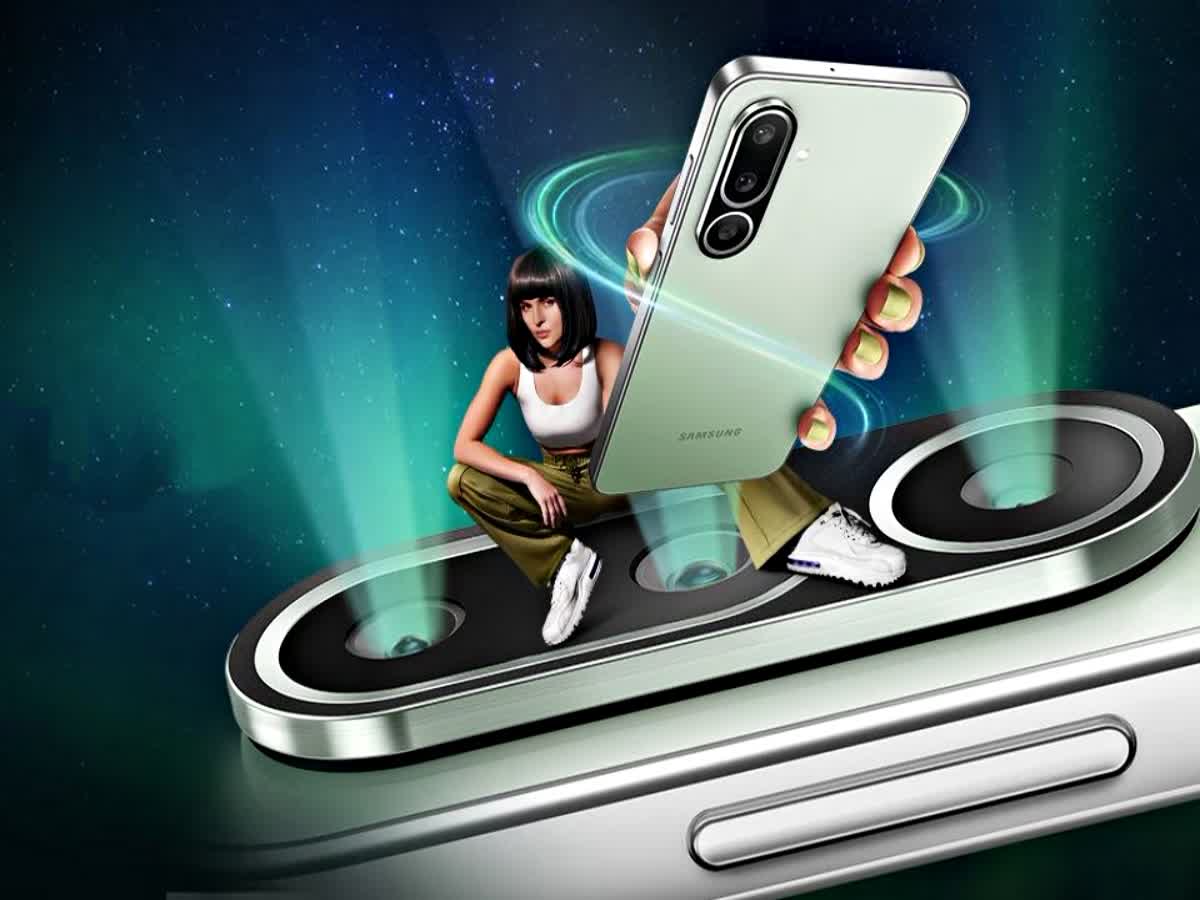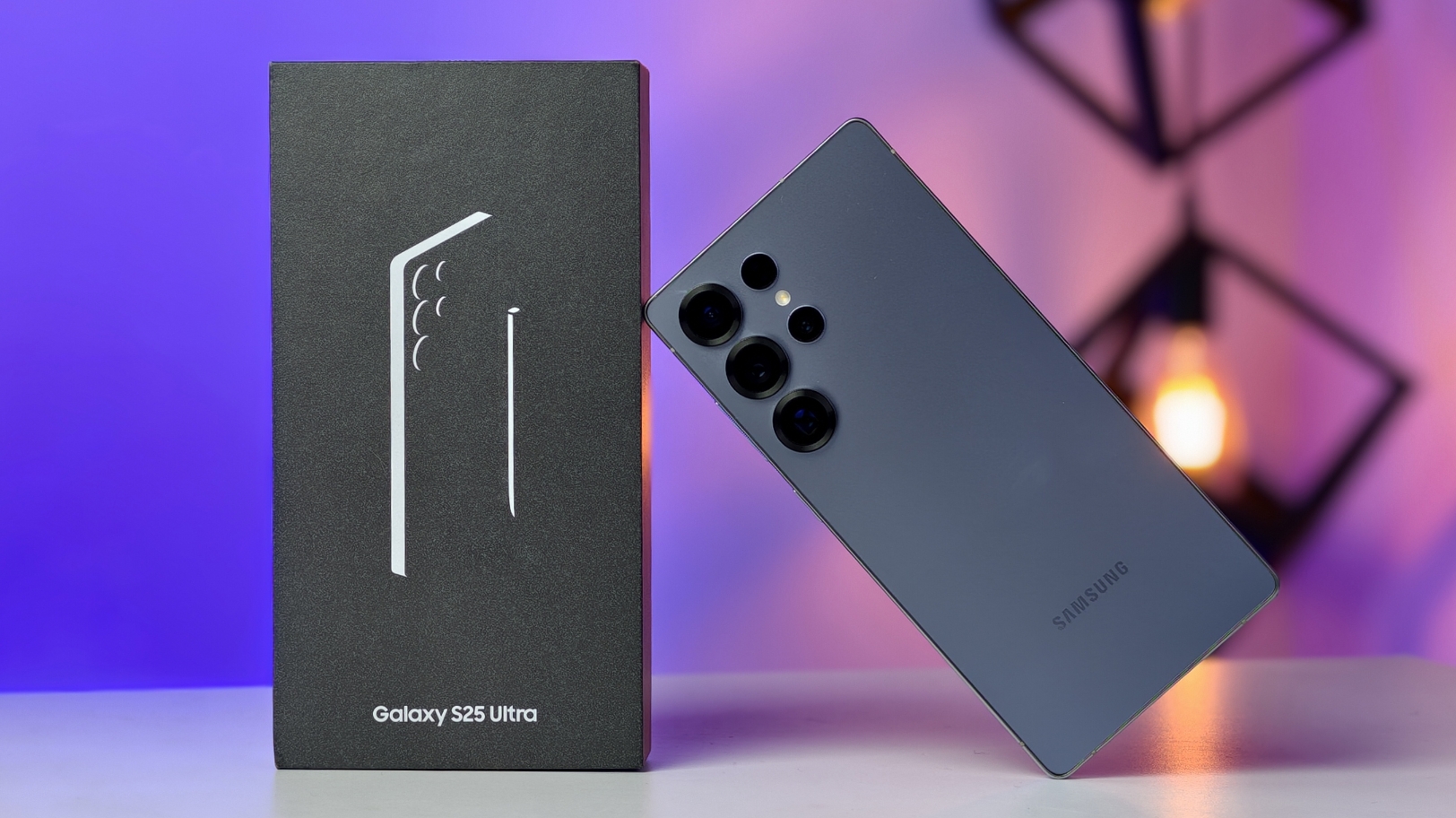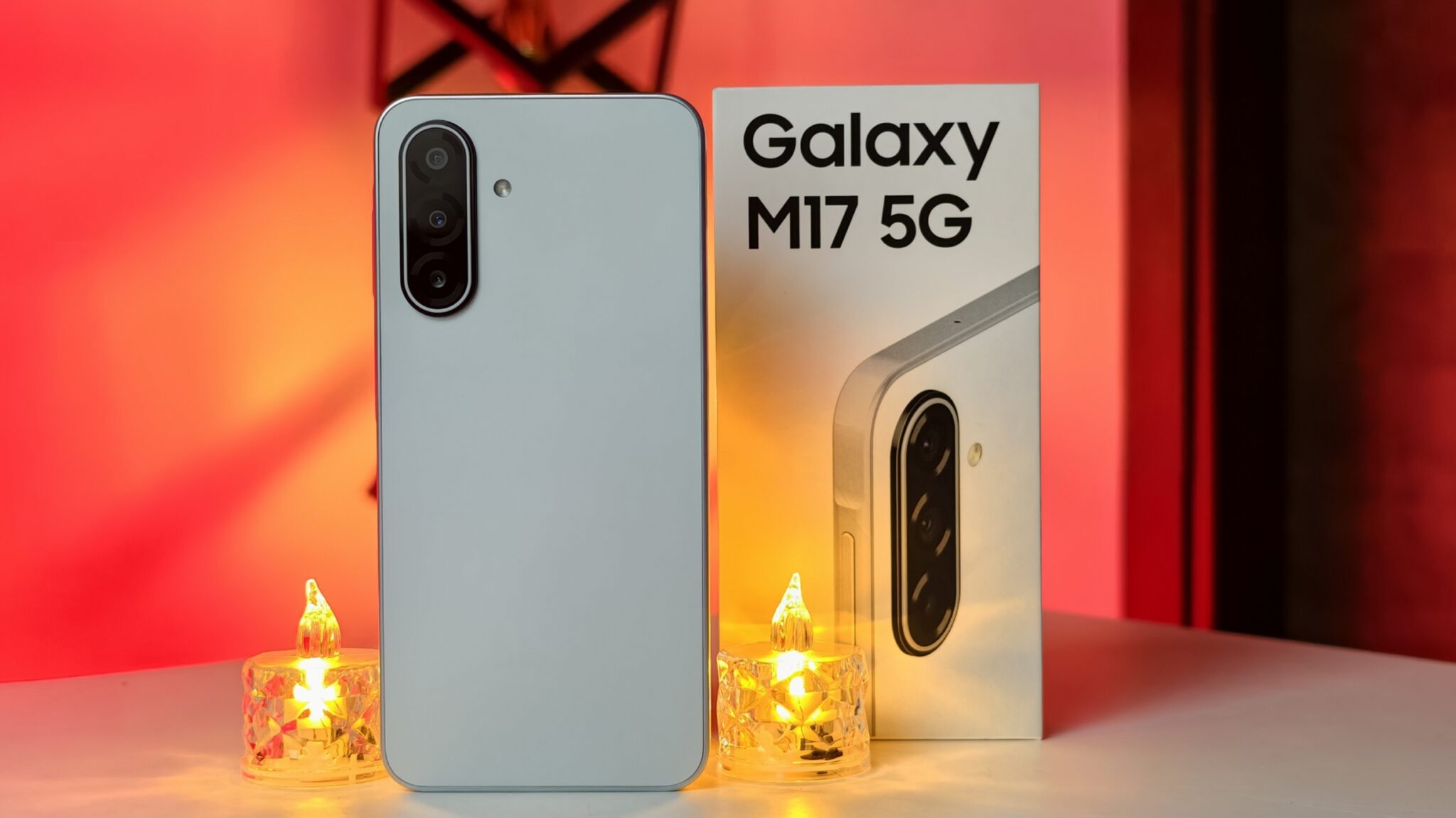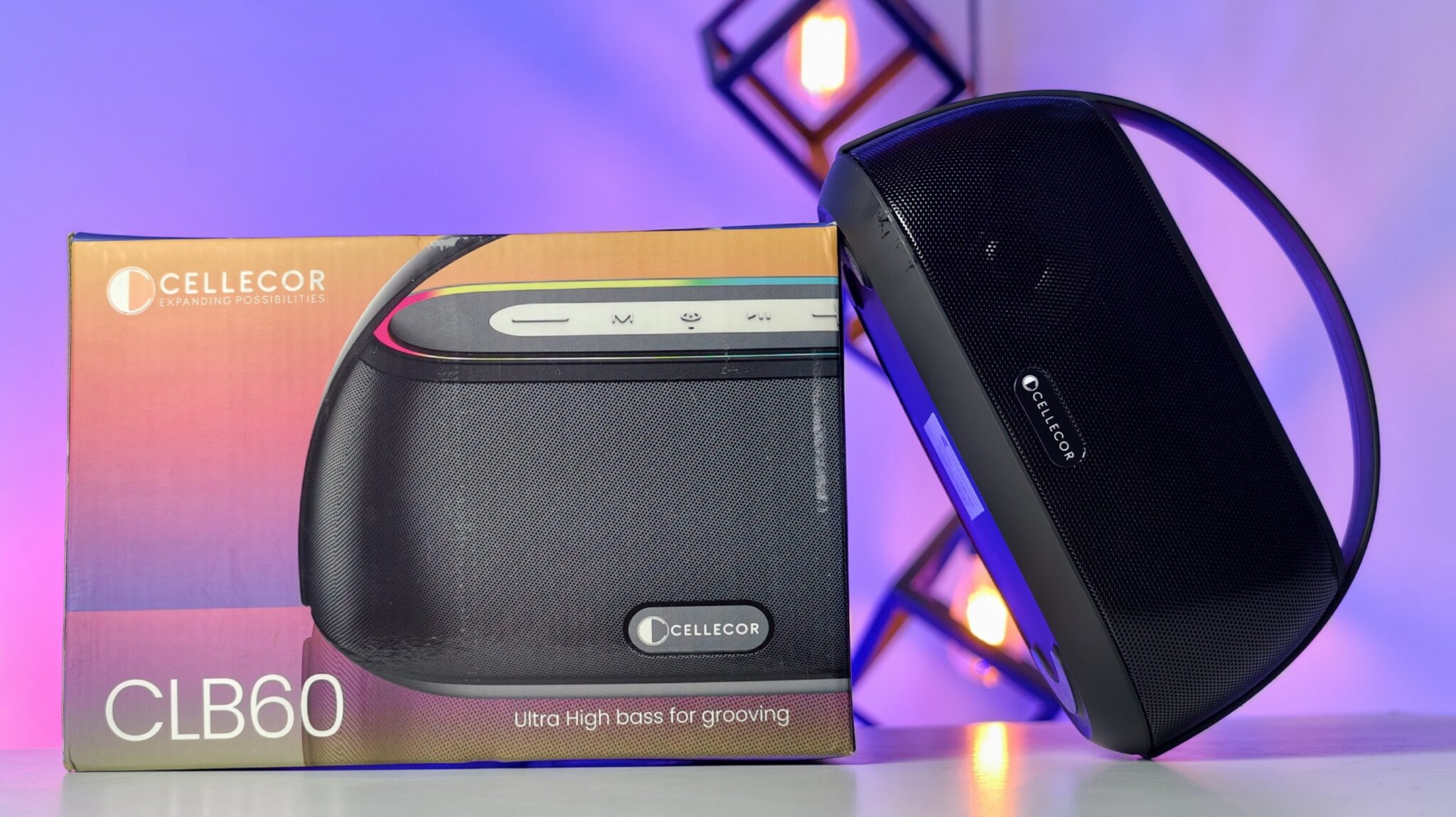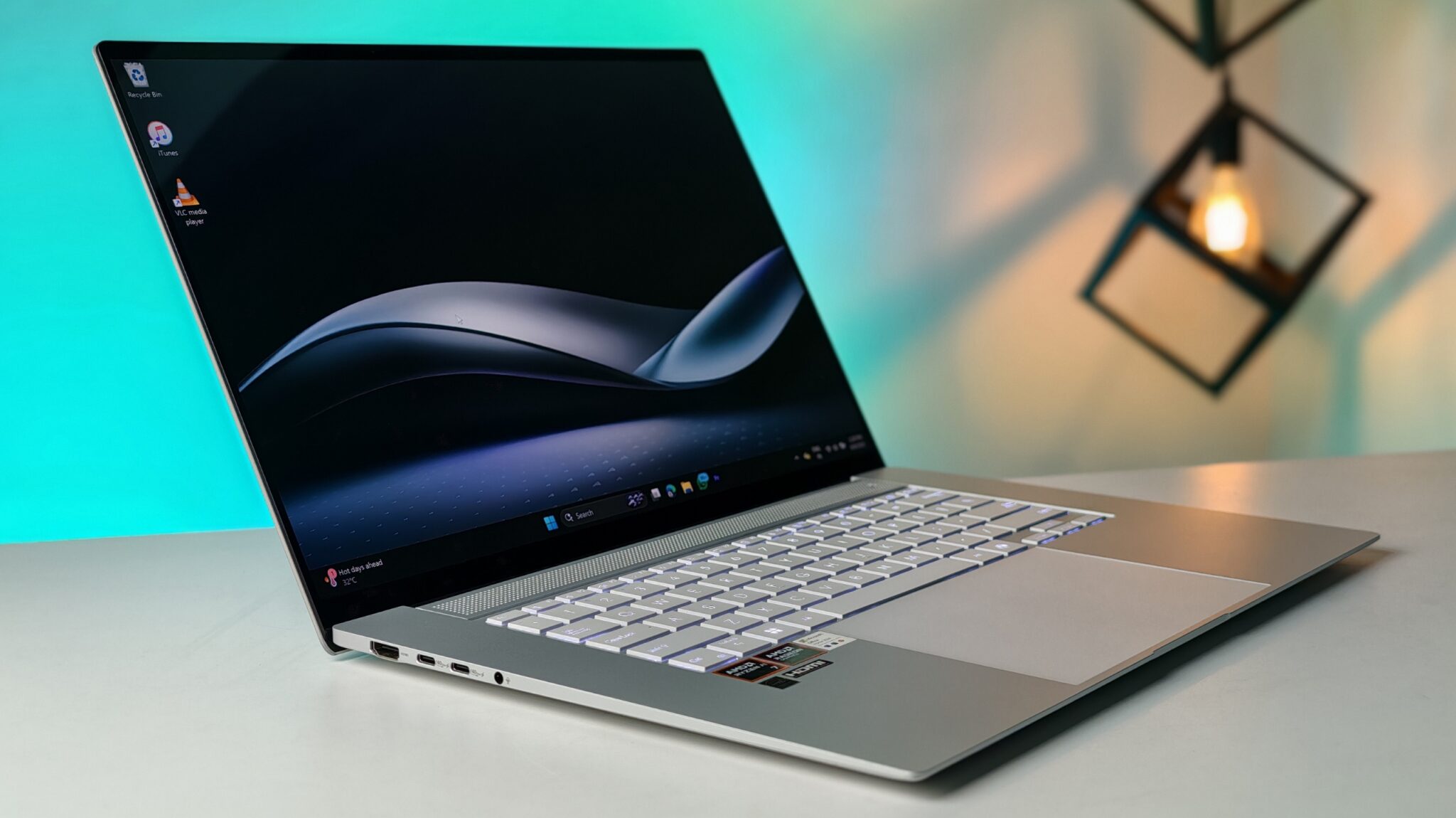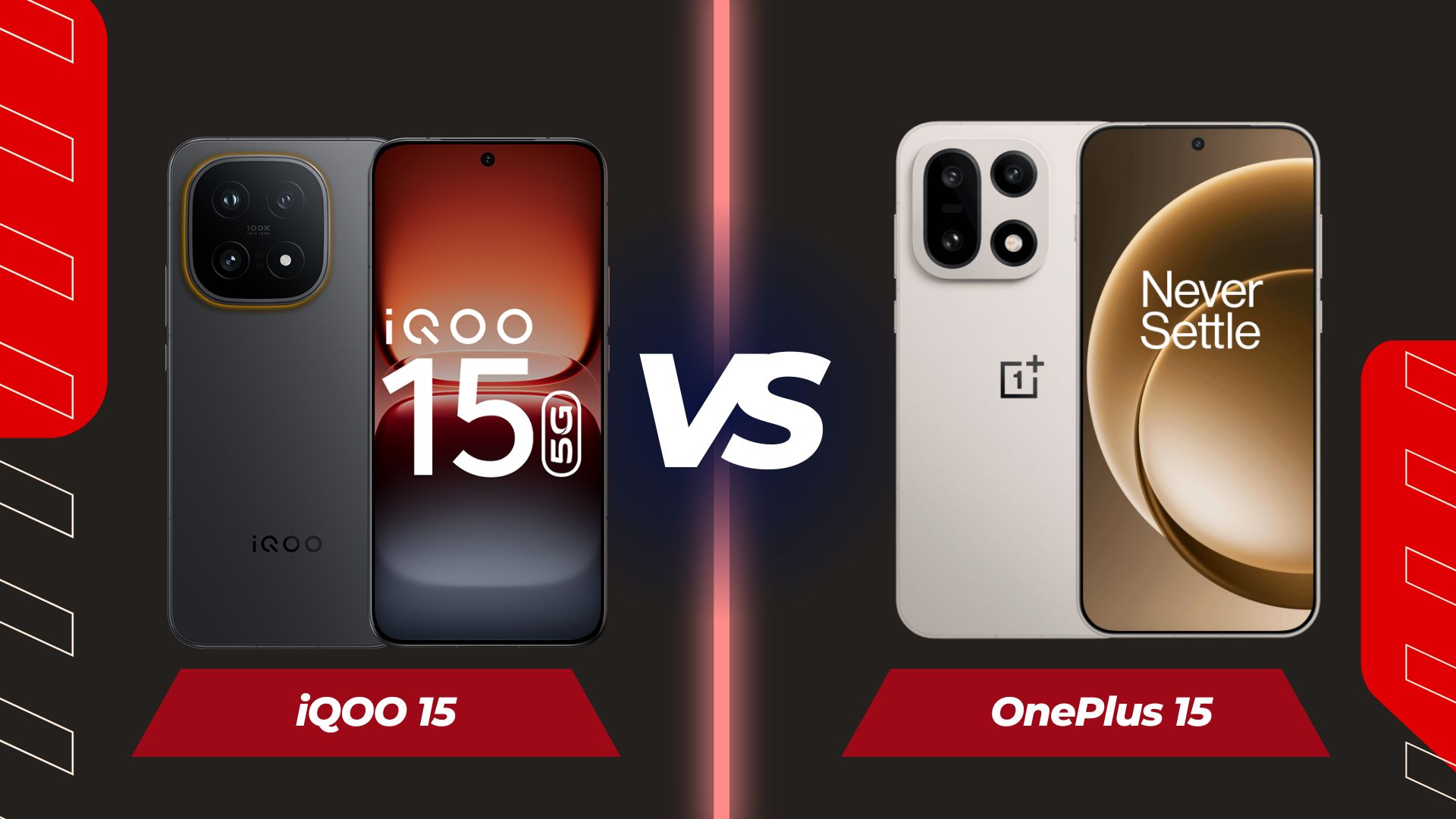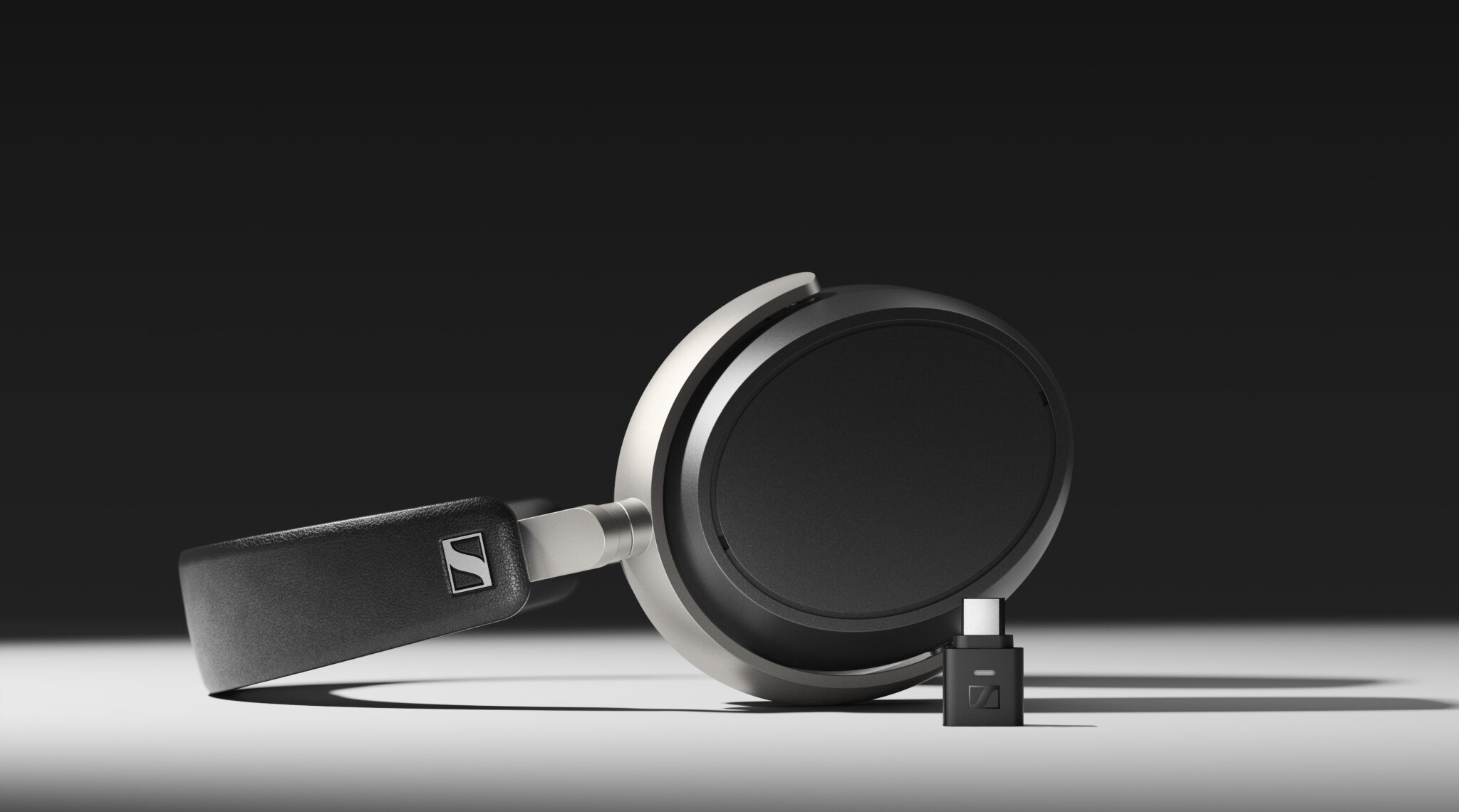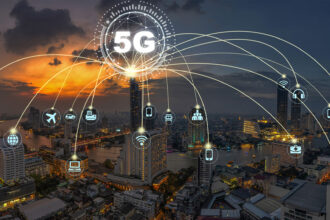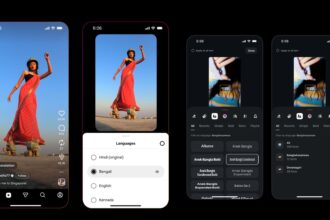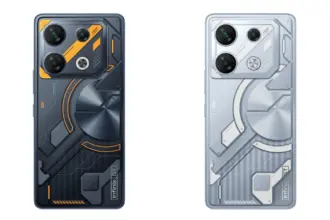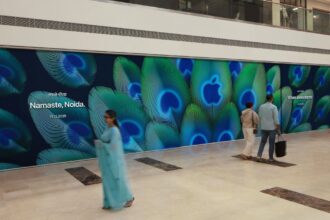For years, developers building applications that need images often faced a dilemma. Finding the right visuals could be a time-consuming scavenger hunt, fraught with licensing issues and endless stock photo searches. The rise of AI image generation promised a solution, but integrating it often meant working with tools that produced generic, “close enough” results, lacking the precise control needed for custom user experiences or brand-specific content. That frustration? It’s something many developers know intimately.
But a significant shift is underway. OpenAI just made the powerful image generation model that fuels conversations within ChatGPT available to developers through its API. Launched globally on April 23, 2025, this new capability, powered by the advanced gpt-image-1 model, isn’t just about generating pictures from text prompts. It’s about giving developers the granular control to create truly custom AI images directly within their own platforms and applications. This moves AI image generation from a novelty feature to a core tool for building dynamic and personalized visual experiences.
Imagine building an e-commerce site where product visuals adapt dynamically to user preferences, or a game where assets maintain a consistent, specific art style without manual creation for every element. Think about marketing tools that can generate campaign visuals perfectly aligned with brand guidelines and target demographics, on the fly. This level of tailored image creation was previously challenging, often requiring complex workflows or settling for less precise results. Now, developers can tap into a model that understands nuances, follows instructions with remarkable accuracy, and even grasps real-world concepts to inject realism where needed.
At the heart of this release is the gpt-image-1 model. Unlike previous iterations or some other models, gpt-image-1 leverages a deeper understanding of both text and images. This multimodal capability means it doesn’t just interpret a prompt; it can understand context, relationships between objects, and even accurately render text within an image – a persistent challenge for many AI generators. This allows developers to move beyond simple descriptions and specify complex scenes, intricate details, and consistent styles, bringing their specific visual ideas to life with greater fidelity.
The API provides developers with essential tools to achieve this customization. The core “Generations” endpoint creates images from text prompts, similar to what users experience in ChatGPT. But the real power for custom work lies in the “Edits” endpoint. Developers can upload an existing image and provide a new prompt to modify it. Crucially, this includes “inpainting,” where they can use a mask to define specific areas of an image to be altered or replaced while keeping the rest of the image intact. This is incredibly useful for tasks like adding a product to a scene, changing an element’s color or texture, or removing distractions, all programmatically. While the older DALL-E 3 model supported generations, the gpt-image-1 model in the API enables these precise editing capabilities, offering a level of flexibility critical for integrated applications. (Note: Image variations, generating different versions of an existing image, are currently highlighted as a feature specifically available with the DALL-E 2 model endpoint).
Developers gain control over several parameters to fine-tune the output. They can specify image dimensions, choosing from standard square or various portrait and landscape orientations. They can also select the rendering quality (standard or HD), which affects both the visual detail and the generation speed and cost. Other options include setting the output format and requesting transparent backgrounds, features essential for integrating generated assets seamlessly into different design contexts.
Beyond technical specifications, gpt-image-1 demonstrates improved instruction following. Developers can write more detailed and complex prompts, and the model is better equipped to adhere to those specifics, handling a higher number of distinct objects and their relationships than previous models. This translates directly into the ability to generate images that closely match a developer’s precise vision, reducing the need for extensive trial and error or post-processing. The model also taps into its “world knowledge,” allowing it to generate realistic depictions of concepts or objects even without specific visual references in the prompt, making it easier to create believable scenes.
Integrating this capability opens doors to entirely new application features. Consider an interior design app: instead of relying on a limited library of furniture, it could use the API to generate custom furniture pieces in specific styles and colors placed realistically within a user’s uploaded room photo. A marketing automation tool could generate personalized banner ads featuring a company’s product in different seasonal settings or tailored to match the visual style of a specific website. Game developers could generate unique item icons, character variations, or environmental assets based on predefined themes and user actions. The potential applications span across industries, limited only by a developer’s creativity.
Early integration partners already showcase the breadth of these possibilities. Major players like Adobe are incorporating OpenAI’s image generation into their creative tools, giving designers more options directly within their familiar workflows. Figma is enabling users to generate and edit images within their design platform. Companies like Airtable, Gamma, HeyGen, Wix, Photoroom, Canva, GoDaddy, and HubSpot are either actively using or exploring how to leverage gpt-image-1 to enhance their offerings, from marketing asset creation to avatar customization and thumbnail generation. This widespread adoption shortly after the API release underscores the immediate value developers see in having this advanced capability at their fingertips.
Of course, bringing such a powerful tool to the API also involves considerations around safety and responsible use. OpenAI states that gpt-image-1 in the API includes the same safety guardrails as its ChatGPT counterpart, restricting the generation of harmful content. They also include C2PA metadata in generated images to indicate they are AI-generated. For developers, an added moderation parameter allows for adjusting filtering sensitivity, balancing creative freedom with the need to prevent misuse. Accessing the gpt-image-1 model through the API requires organization verification, adding another layer of control.
For developers looking to get started, OpenAI provides documentation and API references. The pricing structure is token-based, separating costs for text inputs (prompts), image inputs (for editing), and the generated image outputs. This model allows developers to understand and manage costs based on their usage patterns.
This release represents more than just a new API endpoint; it’s a significant step in making advanced AI image generation a flexible, integrated component of software development. By providing developers with access to a highly capable model that excels at following instructions, rendering details, and editing existing visuals, OpenAI is empowering them to build applications with truly custom, dynamic, and visually compelling experiences. The era of generic AI images is fading, replaced by a future where developers can craft the exact visuals their applications and users demand.




